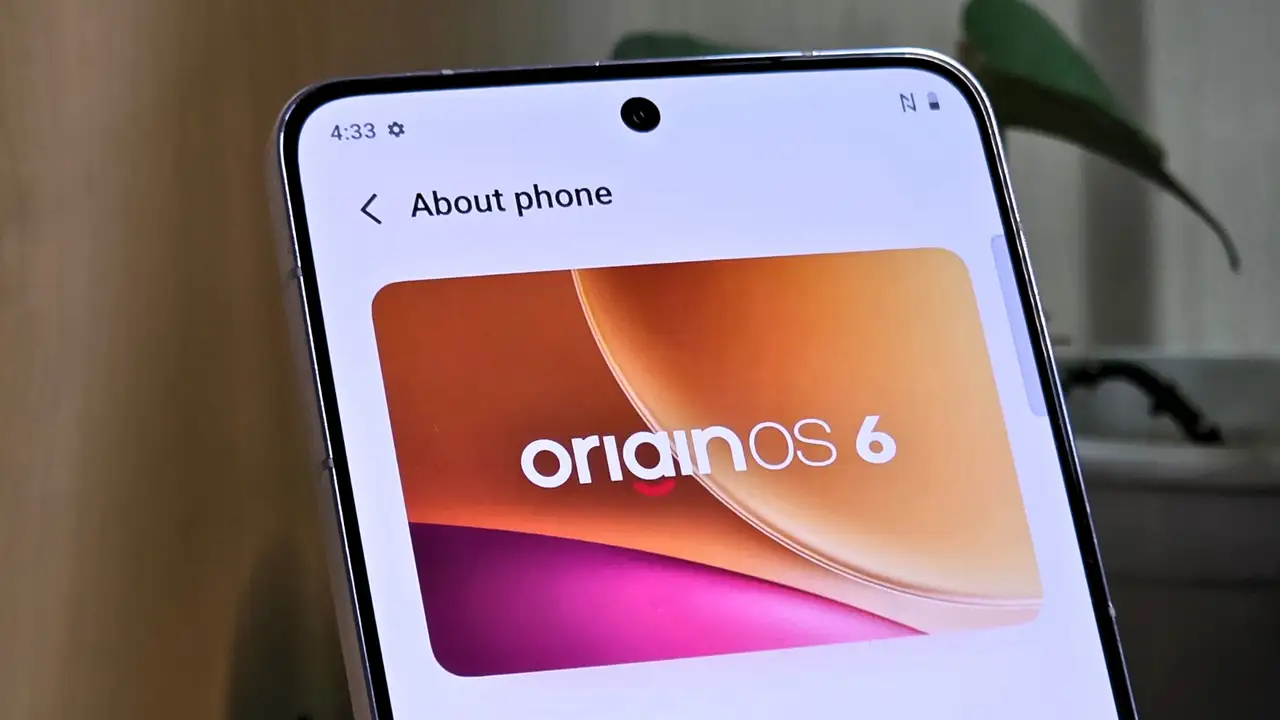Copyright timesnownews

Vivo announced that OriginOS 6 would officially replace Funtouch OS across its supported devices, including the iQOO line-up, and they say it’s not just a software update. OriginOS has marked a strategic shift for a company that’s long been praised for its hardware side of things but often criticised for its cluttered and inconsistent software. For those who don’t know, OriginOS 6 brings a cleaner design, smoother animations, and better system stability. After a detailed conversation with the Vivo product team, it became evident that OriginOS isn’t just about aesthetics, as the brand wants OriginOS to offer a premium experience. When I asked them the main reason for this shift, they said it is driven by consumer need. ‘People today don’t choose hardware or software separately; they choose the overall experience, and Vivo is a user-oriented brand. We realised that to deliver a true flagship experience, the OS must play a central role.’ This understanding came from observing how Indian consumers interact with technology. The smartphone market has matured, and most users have gone through multiple upgrade cycles and now seek something beyond specifications. A step beyond hardware While reviewing Vivo’s flagship smartphones, I’ve always praised their hardware, but the software has often left me wanting more. And I don’t just mean in terms of aesthetics. Some UI elements feel inconsistent, and the ads and pop-ups make the experience feel a bit dated. This becomes more noticeable when you place a Vivo X series phone next to a flagship from Samsung or Apple. Vivo is aware of this perception but chooses to present OriginOS as an evolution rather than a correction. ‘It’s not a missing piece, it’s an evolution,’ the Vivo team said. ‘We have been improving step by step, from Funtouch OS 14 to 15, and now to OriginOS 6. Each stage has been about refining smoothness, stability, and app optimisation. The end goal is simple — to make Vivo’s phones feel premium inside and out. That means smoother performance, more intuitive design, and fewer unnecessary distractions.’ AI, AI, AI Even if the AI features are not as useful to you as companies claim them to be, the reality is that these features are a headline for a smartphone maker today. But Vivo’s take on AI is more restrained. ‘Consumers told us they don’t care about how many AI features a brand offers,’ said the Vivo team. ‘They care about whether AI helps them do things better or faster.’ Vivo’s focus areas are practical: camera enhancement, photo customisation, and productivity tools like speech-to-text and summarisation. The company also plans to expand language support, starting with accurate Hindi recognition and eventually more regional languages. A cleaner, more considerate experience One of the most consistent criticisms of Vivo’s software has been around bloatware and not-so-useful notifications. But with the whole revamp, Vivo has a good opportunity to make it go away. When I asked the Vivo team about the same, this is what they had to say: ‘With OriginOS, we’ve addressed that pain point. The interface is cleaner, and unnecessary prompts have been dialled down.’ I’ve been using the iQOO 13 with the OriginOS 6 beta version for some time now. While some pre-installed apps still exist, Vivo says the focus is on refinements, including a commitment to reduce redundant notifications from system apps like the theme store or Vivo app store. When does it come out Starting next month (November 2025), Vivo will begin rolling out OriginOS 6 in phases. Early adopters will include users of the latest Vivo flagship models, such as the X200 series, X200 FE, X Fold 5, and V60, who can expect the update by early November. This will be quickly followed by previous flagships like the Vivo X100 series and X Fold 3 Pro around mid-November. In parallel, iQOO users will see the iQOO 13 update in November, with the iQOO 12 following by mid-November. The update schedule continues into December 2025 for several mid-range Vivo devices, including the V60e, V50, V50e, T4 Ultra, T4 Pro, and T4R, as well as the iQOO Neo 10, Neo 10R, and Neo 9 Pro. The remaining supported phones from both brands, comprising the rest of the Vivo X, V, T, and Y series models and the iQOO 11, Z10 series, and Z9 series devices, are planned to receive the OriginOS 6 update throughout the first half of 2026. Ultimately, the focus of Vivo’s OriginOS is clear: to make the entire UI feel more premium and refined. ‘For anyone upgrading from Funtouch OS, we want them to feel the difference immediately,’ the Vivo team concluded. OriginOS may not reinvent Android. It is still a work in progress, but it’s a step in the right direction, and something like this was long overdue from Vivo. It helps the brand finally match the polish of its hardware with an equally elegant software experience. And that, for many users, is the upgrade they’ve been waiting for.



